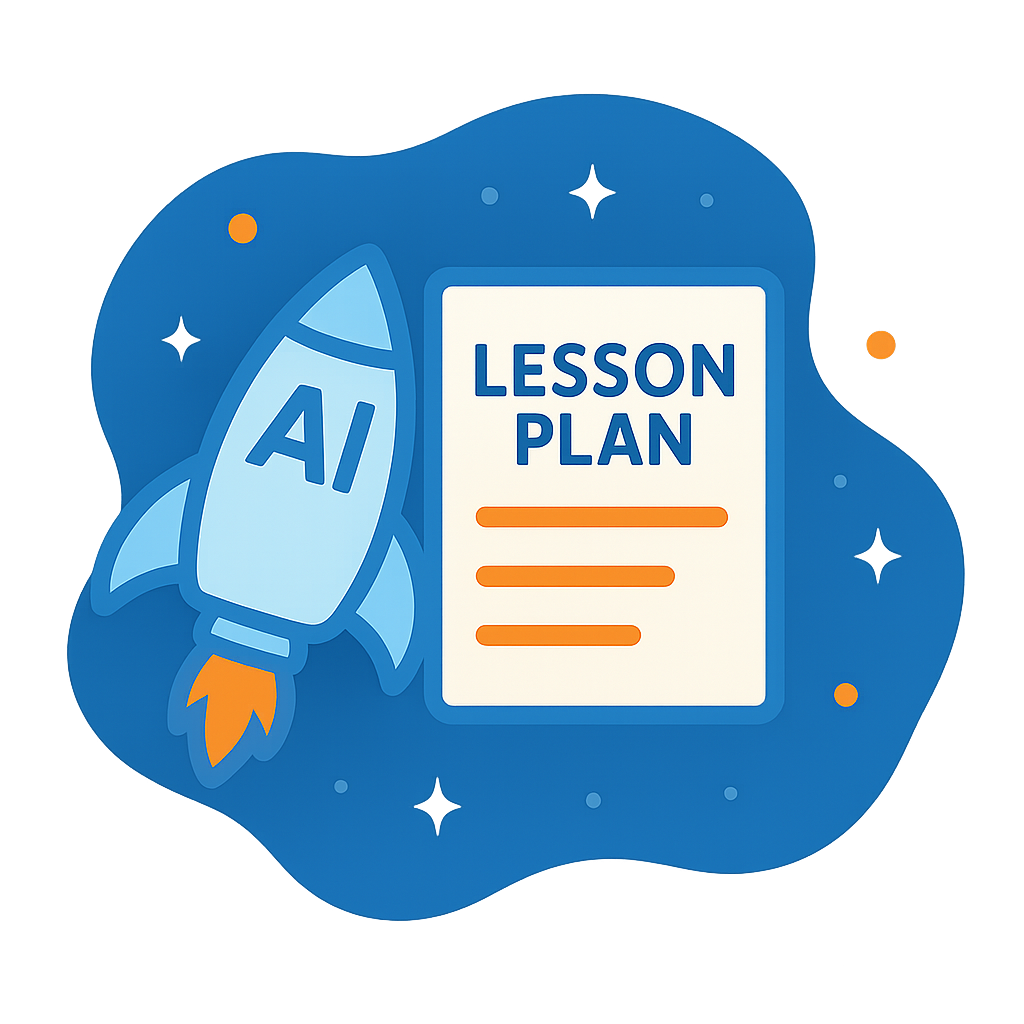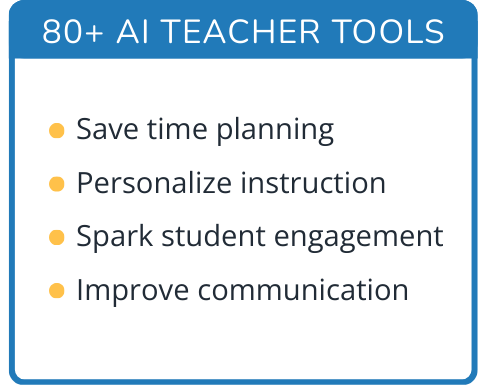Hi, what do you want to do?
Curated OER
3rd grade life science
In this life science worksheet, 3rd graders answer multiple choice questions about plants, birds, habitats, and more. Students complete 20 questions.
Curated OER
Off Base
Learners explain the Chatelier's Principle. In this pH lesson plan, students identify factors that resist changes in pH of the ocean and why the ocean is becoming more acidic.
Curated OER
The Nutrient Cycles
Students investigate the circle of sea life by creating nitrogen compound models. In this oceanography lesson, students discuss sea creatures and where their waste goes. Students identify nitrogen cycles in the ocean by...
Curated OER
Integers and Science Worksheet.
In this science learning exercise, students incorporate their knowledge of math to solve the given problems about freezing points through conversions. They convert from unit to the other. There are 10 questions.
Curated OER
The Halogens
In this chemistry worksheet, learners answer 24 questions related to properties of halogens. They fill in the table with the correct answers and participate in teacher demo.
Curated OER
Reactivity Series of Metals
For this reactivity series worksheet, 10th graders complete 10 short answer questions on metals. They identify and balance chemical reactions.
Curated OER
Hindenburg
Students write a diary entry from the perspective of someone who was affected by the Hindenburg explosion. In this Hindenburg lesson plan, students learn the history behind the explosion, discuss the reactions of people, and discuss...
Curated OER
Birth of the Earth
Students examine the major events that have taken place in the Earth's development. In this Earth lesson plan students view a video and put major events in chronological order.
Curated OER
Breaking News English: Moon Water
In this water on the moon worksheet, students read the article, answer true and false questions, complete synonym matching, complete phrase matching, complete a gap fill, answer short answer questions, answer discussion questions, write,...
Curated OER
Space: The Universe As We Know It!
Learners simulate the Big Bang. In this instructional activity on the origin of our universe, students role play to show how the Big Bang explosion may have created our universe.
Curated OER
Space: Our Star, the Sun, and Its Friends, the Planets
Students examine the solar system. In this space lesson, students identify the order of the planets and their relative size to the sun. Students create a scale model of our solar system using a variety of household objects.
Curated OER
pH and Red Cabbage Juice
Learners review properties of materials and define what pH tells them about matter. In this pH levels lesson, students determine whether materials are acids or bases using indicator substances.
Curated OER
States of Water
Students investigate the 3 states of matter. For this physical science "matter" lesson, students observe and participate in a number of demonstrations involving melting and freezing water. Students observe the effect heat has on changing...
Curated OER
Quantum Numbers and Electron Configuration Worksheet
In this electron instructional activity students find values for the given letters including their subshells and in which orbital it occurs.
Curated OER
Breaking News: Second Explosion at Japan Nuclear Plant (14th March, 2011)
Learners explore current events by sharing information about the Japanese nuclear plant. In this nuclear energy lesson, students discuss the pros and cons of nuclear energy plants and whether or not they can typically withstand natural...
Curated OER
Even and Odd Numbers Closure Activity
Students practice the concept of mathematical closure as it relates to even and odd numbers. In this math instructional activity, students perform 4 different tasks to understand the number closure concept. Students identify,...
Curated OER
Entering the Twilight Zone
Learners describe major features of cold-seep communities and the process of chemosynthesis as it relates to organisms in each habitat. In this deep-sea habitats lesson, students study the categorization of ocean habitats...
Curated OER
Chemiluminescence
Students explore chemiluminescence through various experiments. In this chemistry lesson, students explain the chemical reaction that drives the process. They give real life applications of chemiluminescence.
Curated OER
Graham's Laws: Diffusion and Effusion of Gases
Students conduct a series of experiments to explore Graham's law. In this chemistry lesson, students differentiate effusion and diffusion. They perform calculations using Boyle's, Henry's, Charles' and Graham's Laws.
Curated OER
Water
Students conduct a series of investigations on the unique properties of water. In this general science activity, students explain what causes water's surface tension. They explain the different stages in the water cycle.
Curated OER
Astronomy and Me: Moons Over New Haven
Third graders study the features of different moons orbiting the planets. In this astronomy lesson, 3rd graders explore the different phases of the moon using an interactive online website. They compare and contrast the features of the...
Curated OER
The Basics of Biochemistry
Science teachers can introduce basic chemical concepts to biology students.
Curated OER
Exploring the Solar System
Your students can learn more about our solar system with these lesson plan ideas.
Curated OER
The Symmetry of Snowflakes
Celebrating the change of season with science and language arts activities.
Other popular searches
- Hydrogen Peroxide Liver Lab
- Hydrogen Atom
- Hydrogen Bonding
- Hydrogen Bonds
- Hydrogen Peroxide
- Hydrogen Ions
- Hydrogen Fuel Cell
- Hydrogen Cycle
- Hydrogen Fuel
- Hydrogen Bonding in Water
- Hydrogen Bonding Lab
- Hydrogen Driven Automobiles




























